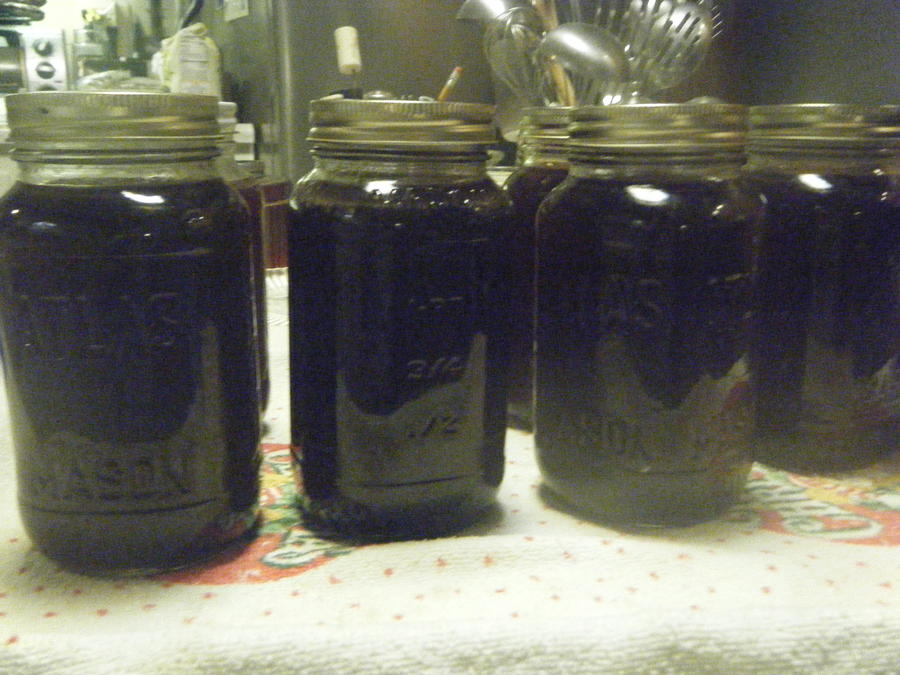A subject dear to my heart. Homemade Stock!
A "really good stock" cannot be made in a single day. Period.
Acceptable, maybe, but not a good stock. You can make good clear broth in a few hours though, but that's another subject.
To me, Stock is gelatinous and rich, usually darker in color, where a broth is clear and mild.
Stock is made from Bones & cartilage, and broth usually made from meat.
I stick to chicken, turkey, beef, and ham, mostly. I find no need to make pork stock, because I don't like pork soups much.
So I just save leftover pork juice from a roast, or boiled dinner,to use in next pork dish. I do make ham-bone stock, for use in beans, or ham gravy though. I also save BBQ ribs bones to make a reduced stock to use in baked beans. It's awesome!
The best stock comes from knuckle, joint bones or neck bones, (feet & hooves if you can find them, I can't). However any bone will work.
The more cartilage, the better though.
I like to crack, not break, my bones (if I can), to release the inside flavor too. May take hammer for big bones, and just pliers for small bones like chicken or turkey. Don't break them, just crack them. Do not crack venison bones! Or, go ahead a try it once. LOL
Roasting your bones to a dark color, will give a richer stock, and more intense flavor and color.
I usually roast @ 375*-400* until out side stuff is crispy and dark brown. Then start the stock simmering. Pour all dripping into pot too.
Depending on the bone size, I simmer them from 1 to 4 days. A single bubble every 30 seconds, is hot enough. You can do this on the stove top (more attention) or in the oven @ 200*-210*. Whether on stove top or oven, you should use a tight lid, to avoid reducing before you are ready to. In the oven you can get away with a thinner pot, where as, on the stove top, you should use a heavy pot, to maintain even temp heat.
I agree with several people that has posted replies here.
Celery, carrots and onions are a MUST! Leave them in large chunks, Leave the skins on the onions too, unless bad onions, then peel, until no bad spots appear.
I also add lots of garlic cloves whole, unless I plan on using it for a garlic intolerant person. I don't add to much other flavors, because you don't know what dish you may be using this in.
However, I don't always "toss the veggies out" after cooking. If I'm a little hungry, I eat them right after straining & still hot. Good stuff, even if cooked to mush! LOL
No matter which kind of stock you make, it should firm up to thick shaky Jello consistency after cooling 24 hours.
The fat will rise to top, and can be scraped off and saved, or discarded as desired.
If you want to save the fat, scrape it off the top and warm it in a pan until ALL water has evaporated. Let cool in the pan a bit, then strain into a container, and leave uncovered on counter over night, before capping and putting into fridge. That process will insure that ALL water has been removed from fat, and it will last longer in fridge.
I use this method with all my bacon grease.
I leave the grease and drippings in skillet after coking overnight, then next day I re-warm for a bit, to make sure moisture is gone. Then strain into my container while warm, and leave it uncovered, until next day, before capping and placing back into fridge. I'm using bacon grease 2-3 years old that is still good, without freezing.
I do keep it in the fridge though.
Disclaimer: I am not a chef, nor do I play one on TV.
But I do play one at my house.
So far I have my wife & family fooled. LOL









